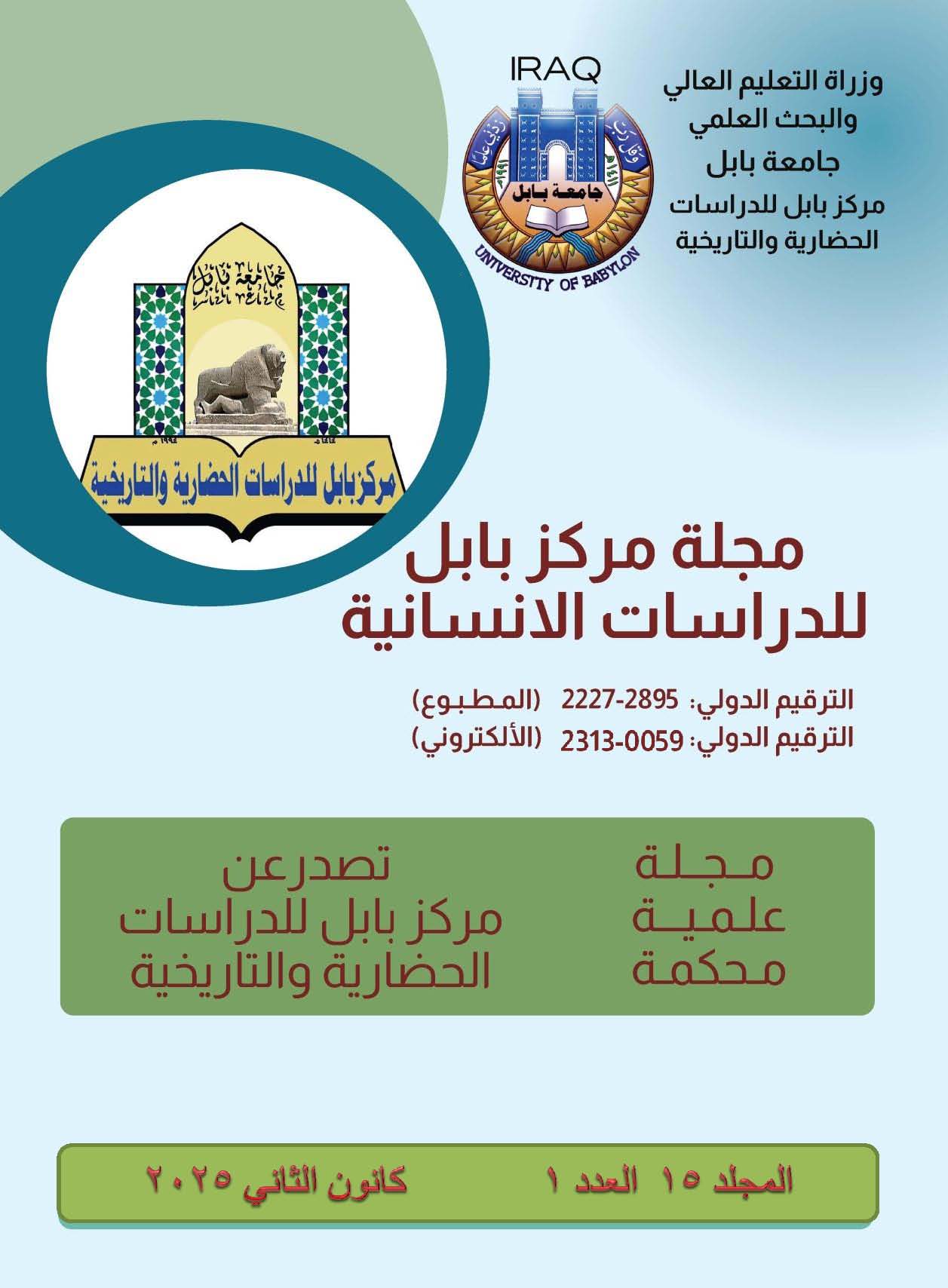Pragmatic adjectives in the poetry of Ibn Hani Al-Andalusi
Keywords:
Pragmatics, Indicatives, Ibn Hani, AndalusianAbstract
Writers and critics in modern linguistic studies have resorted to expanding the study of methods of analyzing literary texts, whether poetry or prose, including the method of pragmatic analysis of language, in terms of usage, the sender's intention of the message and the level of perception, or the recipient's understanding, and studying the context in which the references, ambiguities or specifics appeared within the text and their meaning outside the literary text. These modern linguistic studies of language no longer study the linguistic structures within the text, including the syntactic, semantic and phonetic levels, but rather expanded their study to study the language In terms of what the sender means and what the receiver understands, and the study of the context, and the communicative signals are considered one of the fields of the communicative study in its research. In this research, I dealt with {communicative signals in the poetry of Ibn Hani Al-Andalusi}. This research included the study of the personal, temporal, social, rhetorical and spatial communicative signals that appeared in his poems, considering that this type of research is one of the sections of communicative research that includes speech acts, dialogical implication
and signals that are the focus of our research, personal signals that indicate the sender or the speaker or what pertains to the speaking person, or the speaker, and what he means, while noting the communicative and situational context, as the speaking self indicates that person through the context in which it appeared, and multiple speeches are issued, whether in prose or poetry, as is our research. The poet’s self changes, or the speaker, and the speaker changes according to the context in which it appears, since language is a collection of vocabulary, words, and sentences, and the word is a part that has its precise consideration in the language, and when used and in context, the meaning appears. The personal references in our research included: pronouns, with their two parts, presence and absence, and presence: to the speaker, and the addressee, and the demonstrative pronouns that appeared in the poems of (Ibn Hani Al-Andalusi), and the relative pronouns, as well as the temporal references: in which the moment of utterance in the speech is noted, and they indicate time, then the spatial references.
It is noted in it the moment of utterance in the speech, which indicates time, then the spatial references that were mentioned, as the speaker, or 3the speaker is not separated from the place when uttering the speech, which gives the spatial references their effective role in the speech, then we searched in the social references that express official and unofficial veneration.







